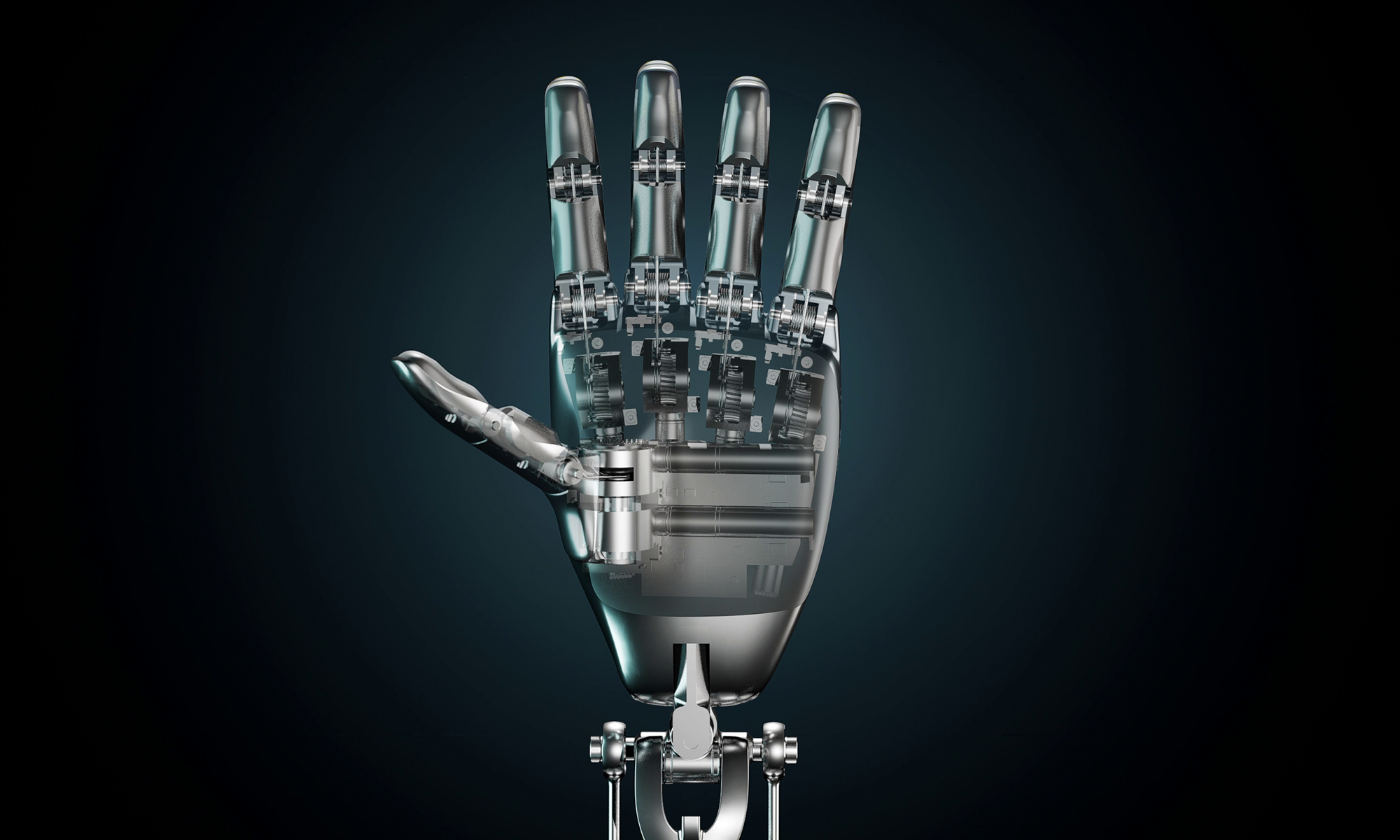There's typically one common response among consumers who test drive Tesla's (TSLA 2.10%) Model S: "Wow." The vehicle seems to offer a taste of the future. A test drive in a Model S suddenly makes internal combustion engines feel a bit antiquated. But despite all the excitement about the experience, its easy to be concerned about the trajectory of battery innovation -- a technology Tesla is completely dependent on.

Tesla's battery is built int to the floor of the vehicle. Photo: Tesla Motors.
Battery innovation is just beginning
Before laptops, smartphones, and tablets, there was very little need for battery innovation. Even after the iPhone, major advancements in semiconductor battery conservation from the likes of Arm Holdings have meant battery innovation could largely be put on the back burner.
The Motley Fool's semiconductor industry expert Ashraf Eassa weighs in:
The fundamental progression in semiconductor manufacturing technology, coupled with innovative designs intended to reduce power consumption when useful work isn't being done, has been a key driver in advancing battery life in mobile devices. The idea here is: if you can't get more power, use less!
And to Silicon Valley's delight, the system on a chip, or SoC, progress in battery conservation blew past everyone's expectations in the last decade.
But now with the rapidly growing nascent wearables industry, the "Internet of things," and Tesla's fully electric cars, the spotlight will be shifting toward battery research and development.
What does this mean for Tesla Motors? Opportunity. Any major breakthroughs in battery technology in the coming years that could make Tesla's vehicles better than they already are could turn into an enormous catalyst for the company.

Photo: The Motley Fool
Imagine if in 10 years Tesla's batteries could charge twice as fast, had half the weight, and allowed twice the range that they currently offer. While that may sound unrealistic, it's easy to underestimate the potential of innovation.
Further, in the same way that Silicon Valley was able to find ways to conserve battery power by using less, there's likely more room than we can imagine for Tesla to innovate new ways to be more efficient with battery power. With the Model S, Tesla was able to do this with powerful regenerative breaking and excellent aerodynamics.
It's difficult to estimate the trajectory of battery innovation that will occur in the coming years, but it would also be naive to think that batteries will never get better. The focus in Silicon Valley is only now shifting to lithium-ion cells. And with so many everyday items using batteries, you can bet the pressure is on. Likely innovation in battery technology coupled with continued improvement in solar charging give electric cars a very good chance of gaining mass market adoption in the next 10-20 years. Tesla, of course, is positioned to benefit.






